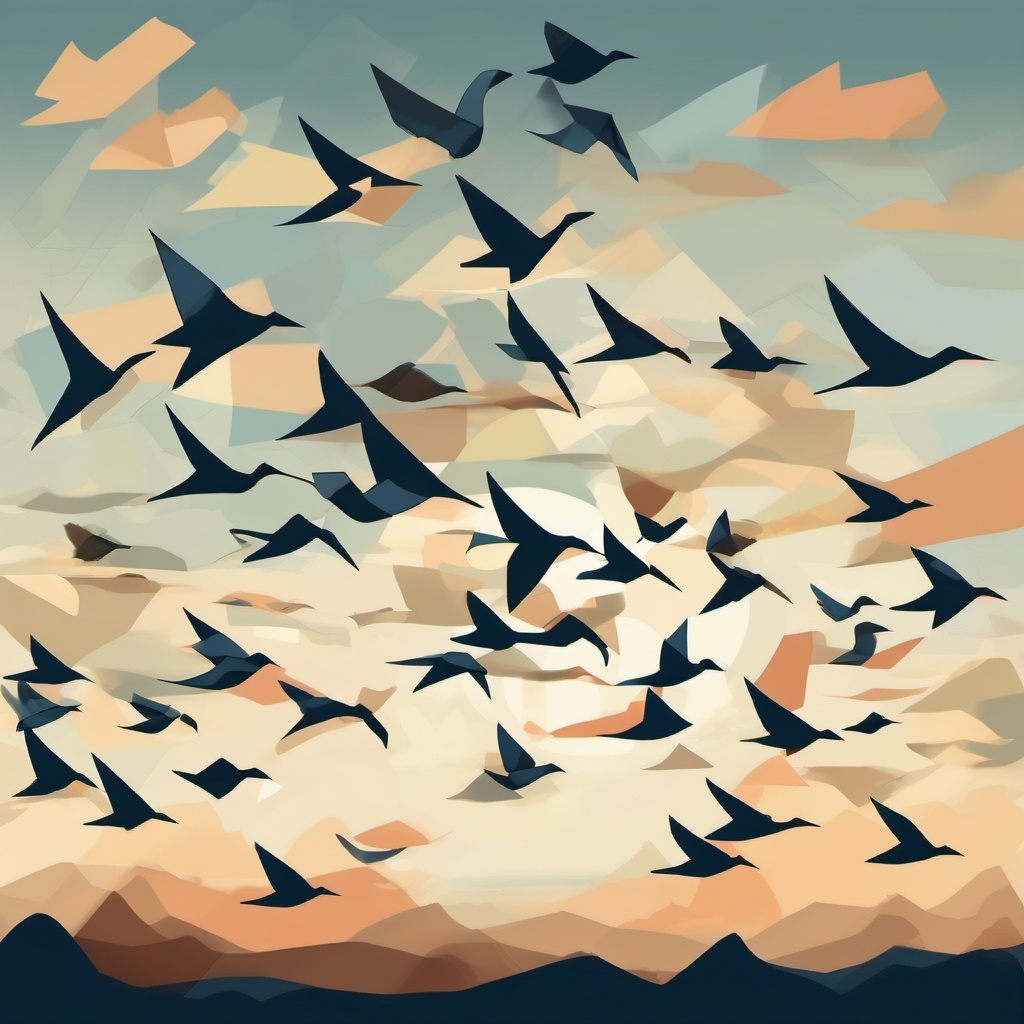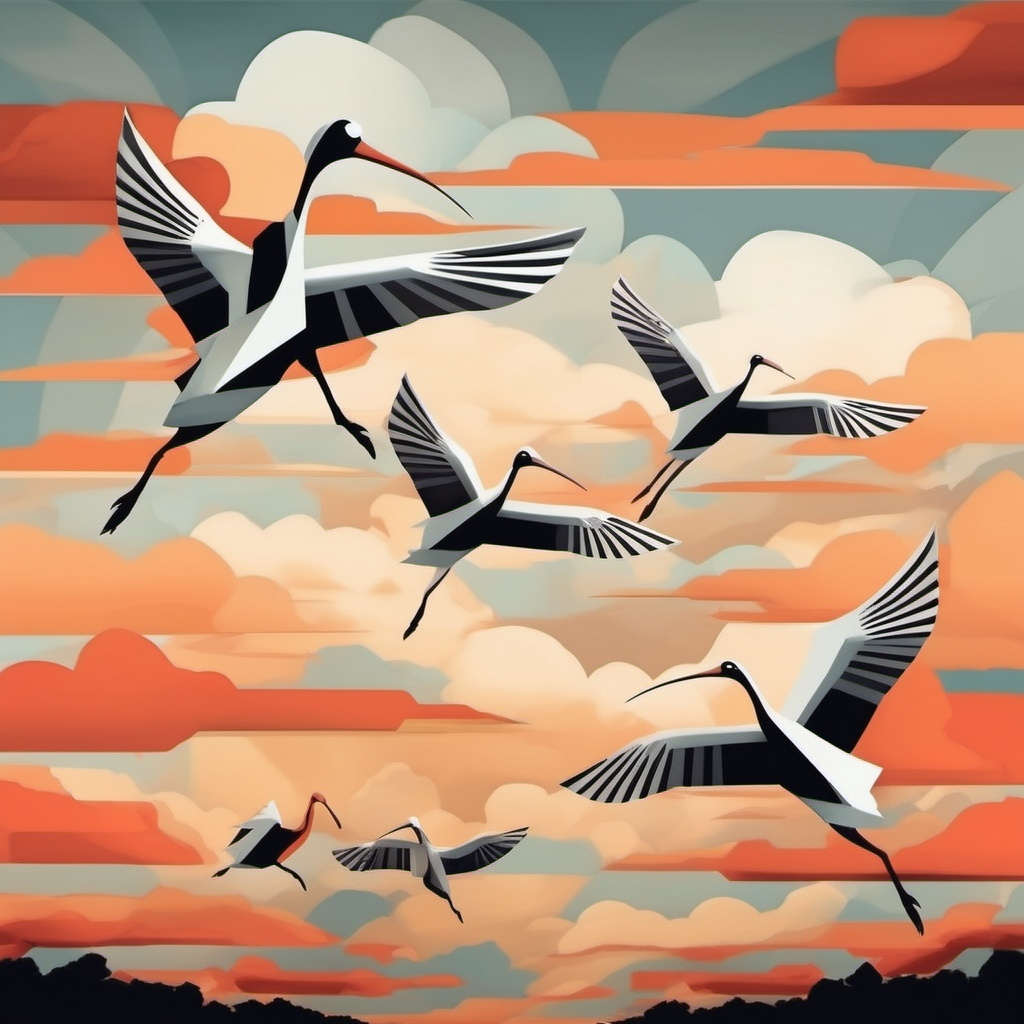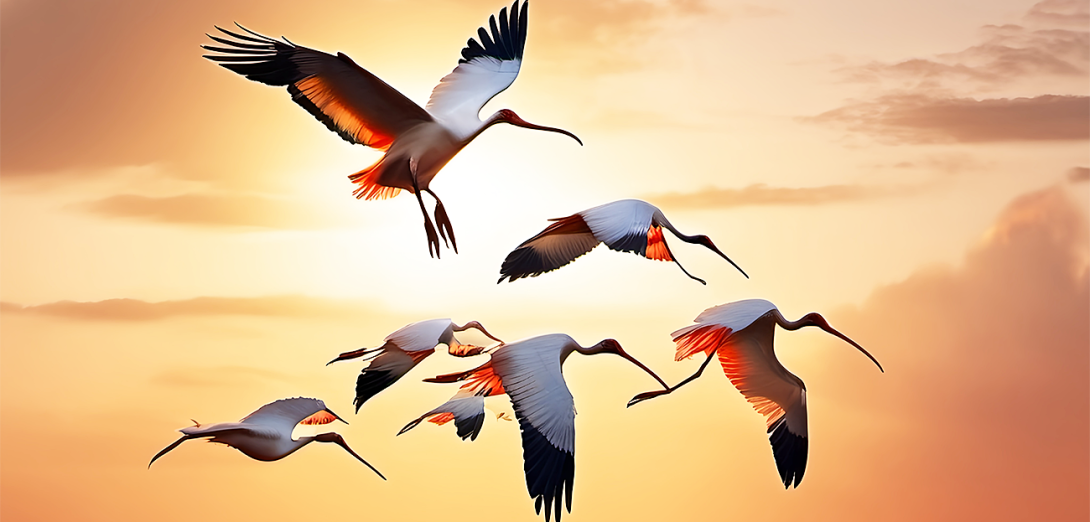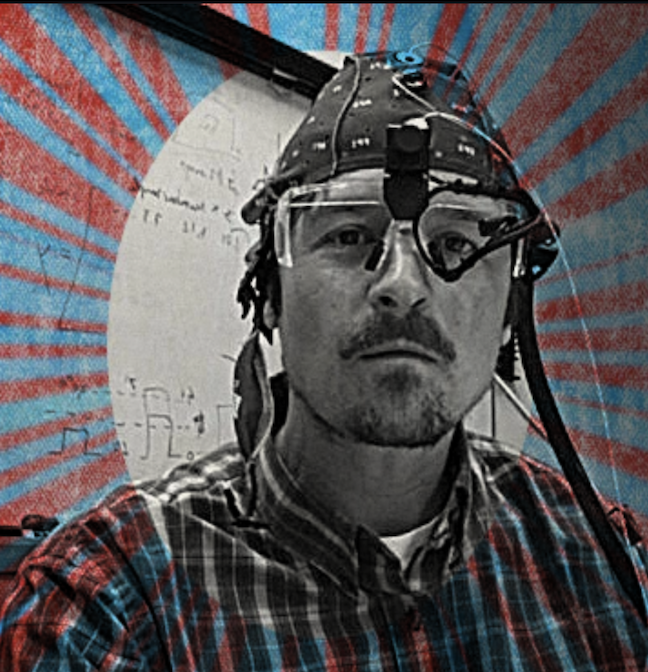Everyone is doing it — Geese. Swans. Gulls. 🦆 Cranes. Pelicans. Cormorants. Ibis. Ducks. 🦅 In the early morning light, a flock of birds rises. They form a V-shape, cutting through the sky with precision, purpose, and clear direction. Each gull knows its place. Each pelican knows its role. Together, these flocks – organized by species – move as one. This formation, ancient and instinctual, holds lessons for us. 🐦 As professionals, as cloud technologists and project leaders – or simply as people who are a part of a community – we too can find, create, and work in a formation and reap the benefits.
The V-formation of migrating birds is a marvel of nature. 🪿 It is not just about flying; it is about flying well, flying far, and flying together. Each bird in the formation benefits from the others. The lead bird cuts through the wind, creating an updraft that lifts those behind. The swans 🦢 at the rear expend less energy, conserving their strength for the long journey ahead. They rotate positions, taking turns at the front. No single crane bears the burden for too long.
In project teamwork, this V-formation can be our blueprint. Projects – like migrations – are long journeys. They are filled with challenges, unknowns, and the ever-present need for direction. To succeed, we can work like the flock. We need to create our formation and work as a team.

The Power of the Sub-V
Within the larger flock, oftentimes there are smaller V-shaped subgroups. These subgroups are not isolated; they are part of the whole. Each small group has its leader, but all are moving toward the same goal. In projects, these smaller groups are our teams, our pods, our task forces. They have their own tasks, their own challenges, but they are aligned with the larger objective.
A project team must understand its role within the broader organization. Like the birds, teams must communicate. They must share information and adjust their flight path based on the conditions. When one team falters, others must support it. The success of the project depends on the strength of these small groups and their ability to work as one.
Communication is Key
Birds in a V-formation communicate constantly. They make adjustments, signal when they are tired, and coordinate their movements. Without this communication, the formation would break down, and the flock would lose its way.
Professionally speaking, communication is our lifeline. It is what keeps the team aligned and moving forward. Clear, concise, and consistent communication ensures that everyone knows the plan, understands their role, and can react to changes in real time. Just as the birds adjust their formation based on the wind, project teams must adjust their approach based on feedback and new information.
The Power of Collective Direction
The V-formation is not just about the individual birds, of course; it is about the collective. No single bird could make the journey alone. It is the power of the group, working together, that allows them to travel thousands of miles.
In projects, success is not the result of one person’s effort. It is the culmination of the entire team’s work. Each member contributes, each task adds to the whole, and together, the team achieves what no individual could. This collective direction is what drives projects to completion. It is what turns ideas into reality.

The Destination
Birds fly in a V-formation to reach their destination. They do not stray from their path. They do not get distracted. They know where they are going, and they get there together.
In projects, we must be just as focused. The end goal must always be in sight. Every decision, every action, must be aligned with that goal. The team, like the flock, must stay on course. It is the leader’s job to set the direction, but it is the team’s responsibility to maintain it.
Journey Optimization
There are several benefits of a teamwork strategy like the V-formation.
- Energy Efficiency - The primary reason birds fly in a V-formation is to conserve energy. When a bird flaps its wings, it creates an uplift in the air behind it. This action is known as "upwash". The birds that follow benefit from this uplift, which reduces the amount of energy they need to expend to stay aloft. This aerodynamic advantage allows the flock to fly longer distances without tiring as quickly.
- Reduction of Wind Resistance - The bird at the front of the V-formation cuts through the air resistance, making it easier for the birds behind to fly. By taking turns at the front, birds share the most demanding position, ensuring that no single bird becomes overly fatigued. This rotation of leadership helps the flock maintain a steady pace over long distances. 🦜 We see this more and more especially within organizations that are starting to embrace the lattice organization model.
- Communication and Coordination - Flying in formation also enhances communication among the birds. They can keep visual contact with each other, making it easier to coordinate movements, adjust their position in response to changing conditions, and stay on course. The formation allows for better group cohesion, which is crucial during long migrations that can cover thousands of miles.
- Navigation - Flying in a V-formation helps the flock stay together and maintain a clear line of sight. This is important for navigation, as birds use visual landmarks and the position of the sun and stars to guide their way. Staying in formation ensures that the group does not become separated and can follow the same path toward their destination.

- Predator Avoidance - The V-formation can also make it harder for predators to target a single bird. The coordinated movement of the group can confuse predators and reduce the risk of attack. Additionally, by flying in a group, birds can better detect potential threats and take collective action to avoid danger. In the tech world, keep your partners close, but your competitors closer.
- Social Interaction - Migrating in a V-formation is also a social activity. It reinforces bonds within the flock and helps younger or less experienced birds learn from older, more experienced ones. This mentoring ensures the survival of the species, as knowledge of migratory routes and behaviors is passed down through generations. If you’ve been in the professional world for any amount of time, this principle likely sounds familiar to you.
In summary, the V-formation is a natural strategy that maximizes the efficiency and safety of long-distance travel for migrating birds. 🦩 It embodies principles of energy conservation, teamwork, knowledge share, communication, and leadership—all of which are essential for the success of their journey.
The V-formation is a simple, elegant example of teamwork in nature. It shows us that by working together, by rotating leadership, by communicating, and by staying focused, we can achieve great things. As cloud technologists and project leaders, we must take these lessons to heart. We must find our formation, align our teams, and fly together towards success.
As we progress toward accomplishment, it is not just about reaching the destination. It is about how we get there—together, in formation, with purpose. Like the birds in the sky, we must fly as one.


